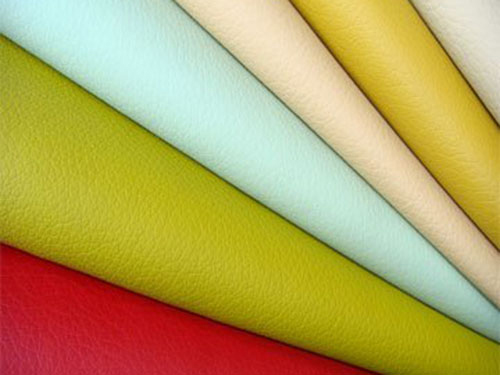
The hygienic properties of leather, to put it simply, refers to the breathability and water vapor permeability of leather. Since the dermis contains small net-like fiber bundles, they have considerable strength and air permeability.
(1) Breathability: Breathability refers to the amount of air permeable per unit area of leather under a certain pressure and a certain period of time. The breathability of various leathers varies greatly. The textile and looseness of the fiber structure of the leather itself and the performance and thickness of the coating layer are decisive for its air permeability. Generally speaking, the air permeability of coated leather is worse than that of uncoated leather, and the thicker the coating layer, the worse the air permeability; suede leather (leather that retains the leather surface) has better air permeability than full-grain leather.
(2) Water vapor permeability: the water vapor permeability of leather, also known as moisture absorption and dehumidification, refers to the performance of the leather to enable water vapor from the air on the higher humidity side to enter the air on the lower temperature side through the leather . The water vapor permeability of leather depends on its breathability, and it is also affected by the ability of the leather to absorb moisture. Because leather has good water vapor permeability, sweat vapor when people wear leather products can be smoothly discharged into the air, making people feel that wearing leather products is much more comfortable than artificial leather.
Fastness is an important indicator of the inherent quality of leather. In order to fully reflect the fastness performance of leather, the fastness of leather is divided into the following categories:
Fastness of leather
(1) Tensile strength: refers to the maximum tensile breaking load that the leather unit can withstand. This index is one of the important indexes of surface leather fastness. In other words, the size of the tensile strength reflects the strong strength of the leather.
(2) Tear strength: refers to the maximum load force that the leather can withstand continuous tearing per unit thickness. It mainly expresses the size of the external pulling force that the pinhole can withstand after the leather is stitched. Therefore, if the tear strength of the leather is too low, it is easy to tear from pinholes or other places with openings.
(3) Burst strength: refers to the load force per unit area when the leather is pushed up and the inside (surface) is cracked. This strength index mainly reflects the workability of leather, and is not very important in actual wear.
(4) Bending strength: refers to the number of times the leather is bent when it is repeatedly warped and its surface is damaged. The level of this indicator has a great impact on the life span of some leather products (such as leather shoes). For example, the bending resistance of scalper soft shoe upper leather is dozens of times higher than that of scalper modified shoe upper leather. The bending strength of the former is much higher than that of the latter, and it is not easy to be broken during its use.